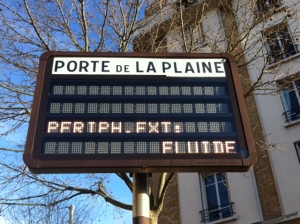From the labyrinthine internet via his wife Jane, I learned of the death of an old pal from Nottingham days. Here he is on the banks of the Seine a few years ago, photographed by Jane. It’s interesting to hear from her how much they loved Paris, and it has focused reflections on him from this place.
He was a junior reporter on The Evening Post when I worked in the cuttings library there. We hatched a few plans, not least to begin, with a few others, a parallel samizdat rag to counter the boredom of local news in the Victorian family-owned mainstay. We all got fired.
But it was good provocation. It sent me further into Tarasque Press and The Trent Bookshop, and very shortly afterwards to Nottingham School of Art with a support grant running alongside my gardening job in the children’s home, which I maintained throughout. For Pete, it sent him back into the reading, auto-didactic study, and writing which he probably should always have done. There is big letter correspondence from those times, but I don’t remember where it is now.
I’m sure he became a natural teacher, as he would always interact with anyone near him through a declaration of the absurdity of the situation he and they were in. He had a laconic sense of humour, more than I have ever since encountered, so much so that it bordered on the lyric, almost an aside to Mortgenstern and bits of Apollinaire, and he was a candidate for a certain strain of scurrilous poem we were developing at Tarasque. It has always stayed with me. His own one-liner of those times still rings true:
Lament of the Short-tongued Lunar Meteorologist
It’s going to wane













